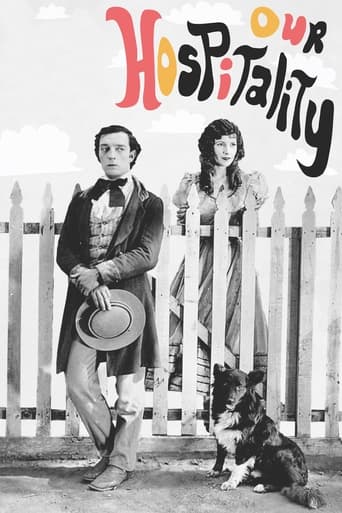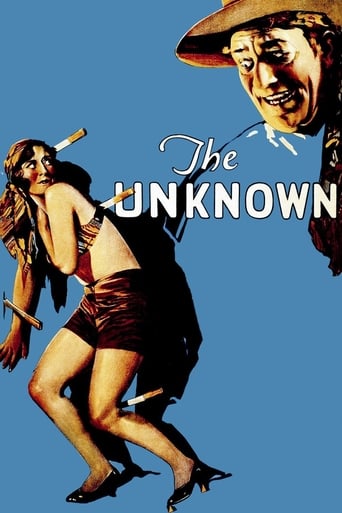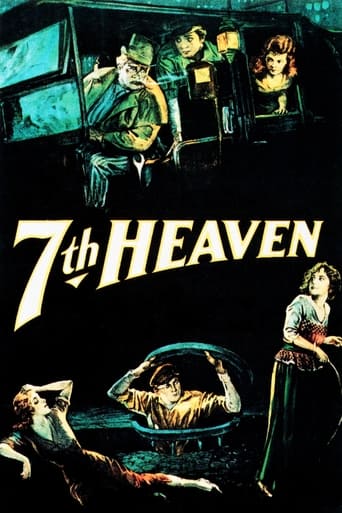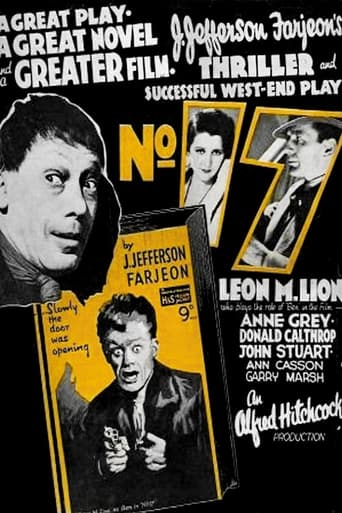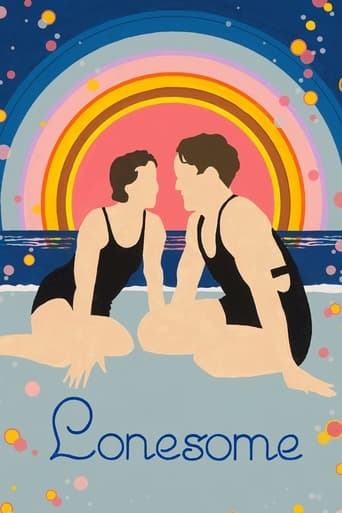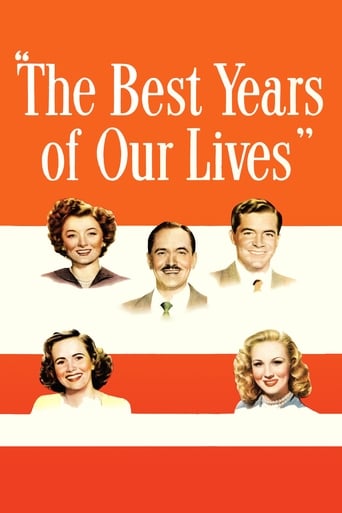


Ecstasy
Eva has just gotten married to an older gentleman, but discovers that he is obsessed with order in his life and doesn't have much room for passion. She becomes despondent and leaves him, returning to her father's house. One day while bathing in the lake, she meets a young man and they fall in love. The husband has become grief stricken at the loss of his young bride, and fate brings him together with the young lover that has taken Eva from him.
-
- Cast:
- Hedy Lamarr , Zvonimir Rogoz , Leopold Kramer , Jiřina Steimarová , Jan Sviták , Eduard Šlégl , Bedřich Vrbský


Similar titles
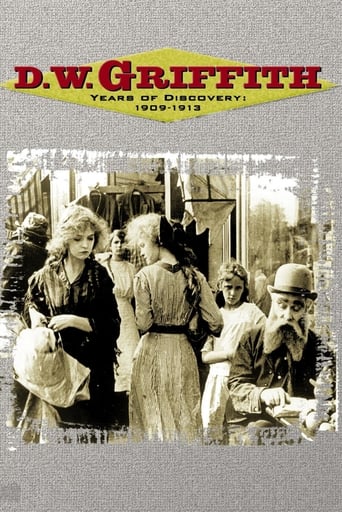
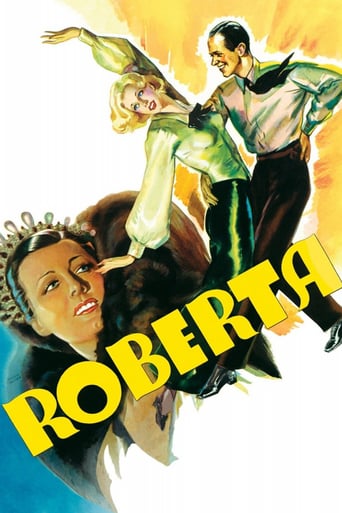
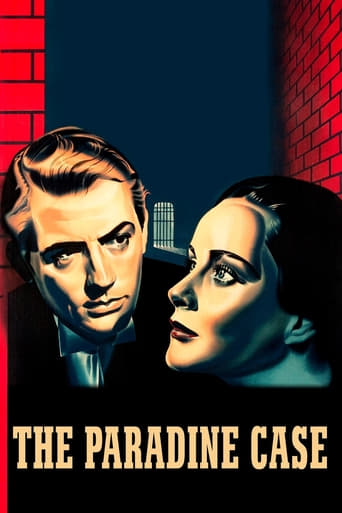
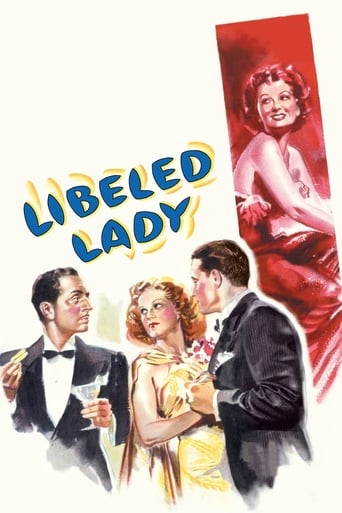
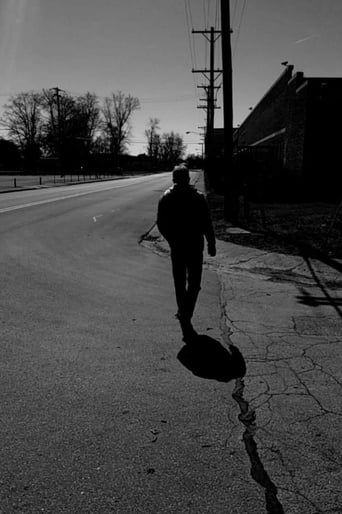

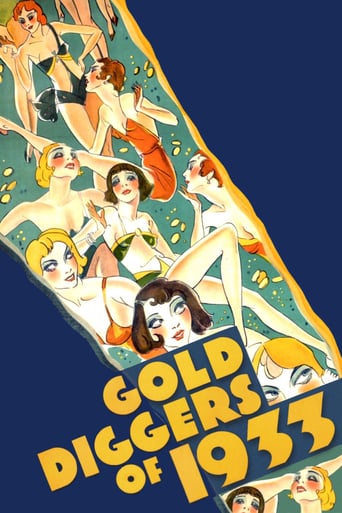
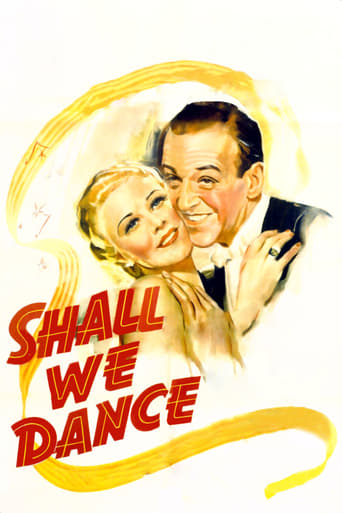
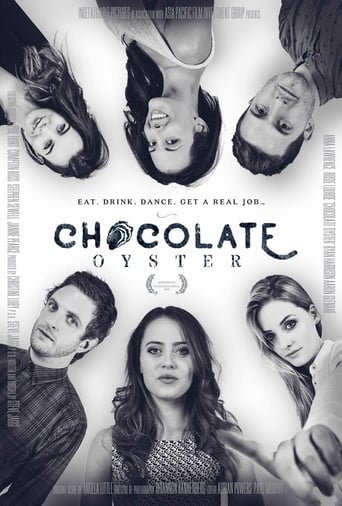
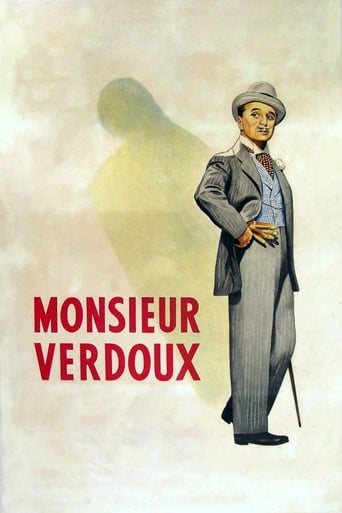
Reviews
Slow pace in the most part of the movie.
hyped garbage
Great movie! If you want to be entertained and have a few good laughs, see this movie. The music is also very good,
By the time the dramatic fireworks start popping off, each one feels earned.
You have to be into silent films and their conventions to really enjoy this flick, even though it isn't truly silent. There are a very few lines of dialog (in German) but the vision and execution are very much of the silent era. I'm not into that, hence the low score. Some of it was pretty ludicrous to me, such as the symbolism of the horses, eventually focusing on the pregnant horse. And what is up with that Soviet-style sequence at the end? Was Machaty a Communist? It doesn't seem so, since the rest of the film has so much to do with individual wants and needs. It's hard for me to critique the acting, since silent film is basically a different art form, requiring a different skill set from actors than modern film, so I'll just let that go. And about Hedy Lamarr's nude scenes, well they are impressive for the times, even in Europe. Most of them are very long shots, where you can't really see anything, or for that matter, tell if it's really her. (I understand that it IS her) There is one reasonably close-in shot of her topless that for two seconds or so show her breasts to good effect. A lovely girl with lovely breasts. Nowadays, they would be known as "A" cups, but (take note, ladies) boobies do NOT have to be big to be beautiful.Overall you can probably pass on this one unless you want to see Hedy Lamarr's scenes mentioned above, or if you are a silent film buff. From other comments, some people think it is very good.
(No need to recap the plot, since others have done so already.)It's understandable that many viewers find fault with the film, raised as we are with the slam-bang sensurround of today's cineplex experience. Against that background, a movie like Ecstasy appears to have wandered in from another planet. I think there are several worthwhile reasons why.Most importantly, the film unfolds poetically, as the camera pans slowly over surrounding hills, trees, clouds, etc., providing a serene and lyrical sense of a natural world that integrates the man and woman into its fold. Together these reveal a style and dimension almost totally missing from today's technology-driven cinema, where rapid-fire editing works to divert audience attention and not to concentrate it. Additionally, the story is conveyed by eye and not by ear, with almost no dialogue to explain what's happening. This amounts to another extreme departure from today's very literal fare, where visuals only seem to count when they excite the audience. But perhaps most unsettling-- the movie is sometimes eerily quiet, not in the sense that silent films are quiet since we expect them to be. But in the sense that the characters seldom speak when we expect them to. Thus, the burden of the story is shared between the film-maker and the viewer. The former must choose his visuals artfully so as to convey the narrative, while the latter must think about those visuals, since they're not going to be explained.None of this is intended to belittle today's film-making. It's simply to point out that a movie like Machaty's comes out of a very different aesthetic from the one we have today. I don't claim either to be any better or worse. However, I do claim that Ecstasy represents a perspective sorely missing from today's movie-going experience, where such 'contemplative values are routinely dismissed as slow and boring. The film itself is no masterpiece, though at times it reaches artistic heights, as in the beautifully composed beer-garden scene with its final crane shot rising to reveal the exquisite tableau below. The slow pans of the countryside with its pantheistic celebration of life, nature, and regeneration are also wonderfully expressed. These are the kind of scenes that don't overwhelm you, but instead-- given half-a chance-- accumulate quietly into an experience as memorable in its own way as the spine-tingling variety of a "Jaws". On the other hand, the film is sometimes heavy-handed, as when Machaty piles on the imagery, particularly in the final, ode-to-labor sequence. It's hard to know what to make of this rather disruptive presence. Perhaps the symbolism has to do with the heroic dimension that hard work holds for the love-lorn hero and people in general-- a theme then being promoted by the influential Soviet cinema. Still, its presence here is rather tediously over-done.Anyhow, I've got to admit that I tuned in initially to see the gorgeous Hedy LaMarr in the buff. But now I have to admit that in the process I also got a lot more than just a peek-a-boo romp in the woods.
It's unlikely that anyone except those who adore silent films will appreciate any of the lyrical camera-work and busy (but scratchy) background score that accompanies this 1933 release. Although sound came into general use in 1928, there are no more than fifty words spoken to tell the story of a woman, unhappily married, who deserts her husband for a younger man after a romantic interlude in the woods.The most vividly photographed scene has the jealous husband giving a lift to the young man for a ride into town, proceeding to drive normally until he realizes the man is his wife's lover. In a frenzy of jealousy, he drives at top speed toward a railroad crossing but changes his mind at the last moment, losing his nerve. It's probably the most tension-filled scene in the otherwise decidedly slow-moving and obviously contrived story.HEDY LAMARR is given the sort of close-up treatment lavished on Marlene Dietrich by her discoverer, but her beauty had not yet been refined by the cosmeticians as they were when she was transported to Hollywood. Her performance consists mostly of looking sad and morose while mourning the loss of her marriage with only brief glimpses of a smile when she finds her true love (ARIBERT MOG), the handsome young stud who retrieves her clothes after a nude swim.The swimming scene is very brief, discreetly photographed, and not worth all the heat it apparently generated. The love-making scene, later on, is also artfully photographed with the sort of lyrical photography evident throughout most of the film--artfully so. More is left to the imagination with the use of symbolism--and this is the sort of thing that has others proclaiming the film is some kind of lyrical masterpiece.Not so. It's disappointing, primitively crude in its sound portions (including the laborious symphonic music in the background) and certainly Miss Lamarr is fortunate that Louis B. Mayer saw the film and on the basis of it, gave her a career in Hollywood. He must have seen something in her work that I didn't.It's apparent that this was conceived as a silent film with the camera doing all the work. The jarring "workers" scene at the conclusion goes on for too long and is a jarring intrusion where none is needed. It fails to end the film on the proper note.
There's nothing new about the story. Naive young Emma Bovary married older man, finds he's not very exciting, leaves older man, finds younger man, drops mescaline, smokes rainbow, paints political slogans on body, goes back to older man -- no, he dies, that's right, of a "self-inflicted gunshot wound" -- nibbles madeleine cake dipped in tea, broods over lost love who dumped her for cheerleader, meets movie mogul, is morphed into Hedy Lamarr, is busted for shoplifting -- and the rest you know.I hadn't seen this for a generation. The last print I saw was chopped to pieces and was a lousy print. This one, which appeared on Turner Classic Movies, is about as good as we're likely to get now. And it's not bad either.Definitely a chick flick though, rather like "Lady Chatterly's Lover" or any one of a number of stories with similar themes. The horny young man is not named Count Vronsky but he might as well be.The director, whom I'd never heard of, does the best he can with this slightly shapeless script. I don't mean the nude scenes which by today's standards are dismissible. I mean the way he allows Hedy Keisler turn away from the camera and hide her face behind a door jamb when she must register shock and guilt. And -- good grief -- what he does with symbolism! When the young couple are developing the hots for each other -- let me think -- he's got a bee pollinating a flower, a male horse huffing and puffing around a mare in estrus, a rising wind, a burning lantern -- please, I'm trying to remember. Yes, when she is suddenly rendered virgo no-longer intacta, her pearl necklace breaks and the pearls roll around on the floor.The old guy knows who the young guy is and gives him a ride in his six-cylinder convertible. The car picks up speed in a truly excitingly photographed and very tense scene as the old driver is deciding whether or not to kill them both by running into a train. He stops short, at the same time as the locomotive, and the locomotive boiler releases its pressure in a plume of steam and a terrifyingly exhausted hiss.Not much acting is called for, this being on the cusp of talking and silent movies at that time and in that place. Hedy Lamarr was only twenty and a little plumper and sexier than we are used to seeing her, though that description doesn't extend to her bosom, kind of a nice touch.It's worth seeing. It's not just an historical curiosity. If you're in the right mood you'll be caught up in the story, sad as it is.

